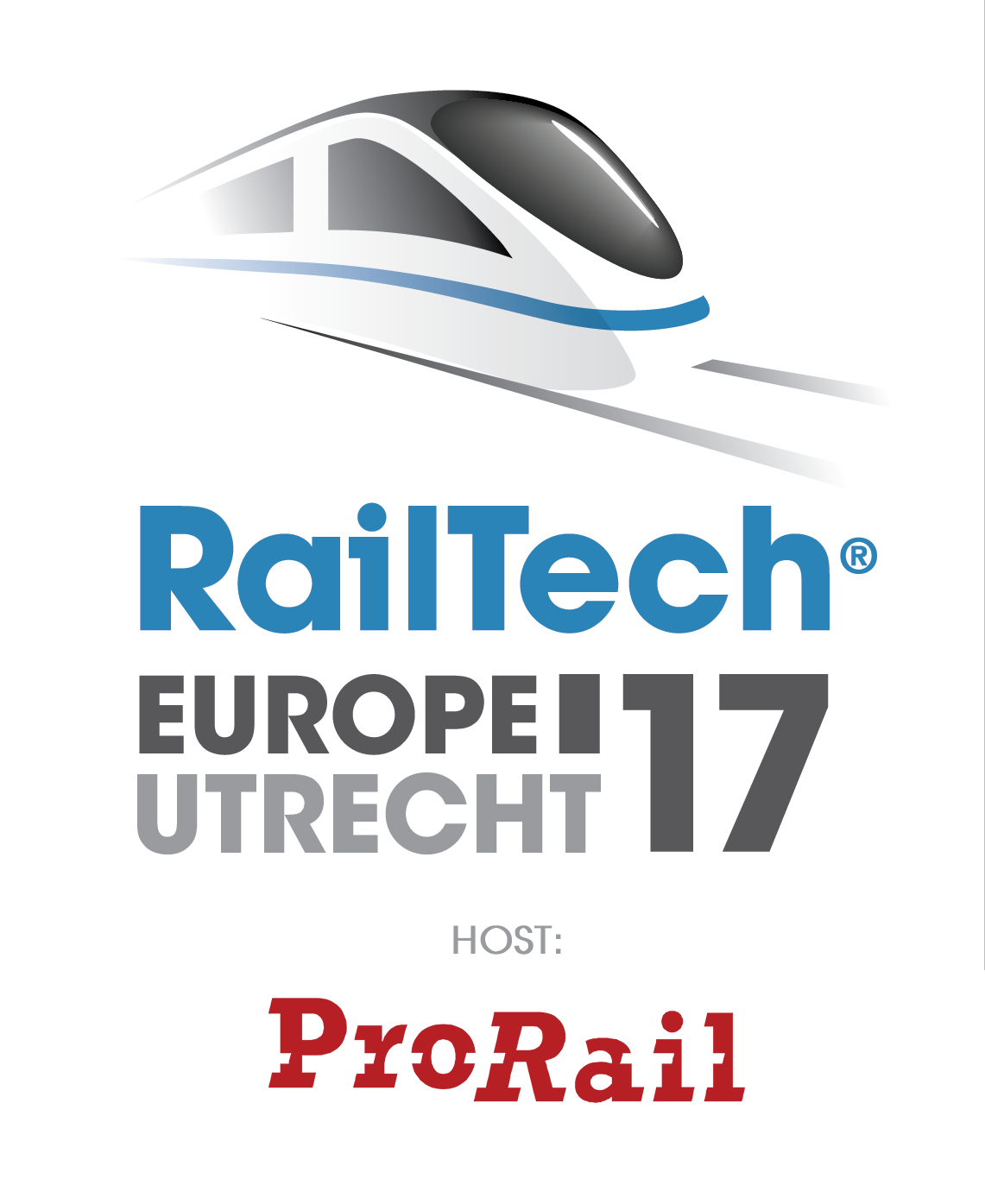 Abstract
Abstract
Volker Brundisch
Product Manager Mechatronics at Bombardier Transportation
Presentation title:
Big data for free (almost)
Summary:
For dozens of years, the ride indexer was a valuable but rare ride measurement device. Nowadays, nearly everybody has a ride indexer in his pocket: a smartphone, or tablet. Such devices have a set of different sensors, which typically includes accelerometers, gyroscopes, microphones and GPS. For the time being, let us refer to them as “simple” measurements.
Data from such sources can support an assessment of the state (“condition monitoring”) of different assets – both vehicles and track – of railway enterprises. Vibrations and movements can be identified and measured, provided they are noticeable inside the carbody. This includes the vehicle response to track irregularities, and the reaction to vehicle-based vibration sources like out-of-round wheels.
Obviously, smartphones cannot evaluate the track against a track standard. Then, let us remember: the track quality is not a value for itself, but targeted to provide a certain level of interaction between vehicle and track. Such, vehicle response measurements – no matter with professional equipment or with smartphones – could indicate a track degradation. Mapping the results from “simple” and from conventional track measurements may proof the level of their correlation.
Simple measurements cannot replace professional evaluations. Expected potential fields of a future commercial application are in fact
• For high-tech railways: an additional “low level” evaluation, to schedule the conventional investigations ( e.g. allow to extend the intervals between track measurements);
• For small and local railways: to avoid investments in sophisticated measurement equipment.
How to get the data? There are plenty of opportunities, like:
• focus “on request”, e.g. to realize a cheap test campaign without interfering the service;
• reports from railway staff, e.g. enable their equipment for data collection;
• feedback from travelers, e.g. discount on ticket price if measured data set is delivered.
A significant benefit is that there is no intervention in service needed.
The precision of simple measurements has already been checked through validation against the results which were measured from approved test institutes during vehicle homologation tests.
Some examples of results and findings from recent activities will be shown.
The RailTech Europe 2017 Conference will explore the following three themes:
- Day 1 – 28 March 2017: European Railway Traffic Management System (ERTMS)
- Day 2 – 29 March 2017: Digitalisation in Railways
- Day 3 – 30 March 2017: Maintenance of Rail Infrastructure
